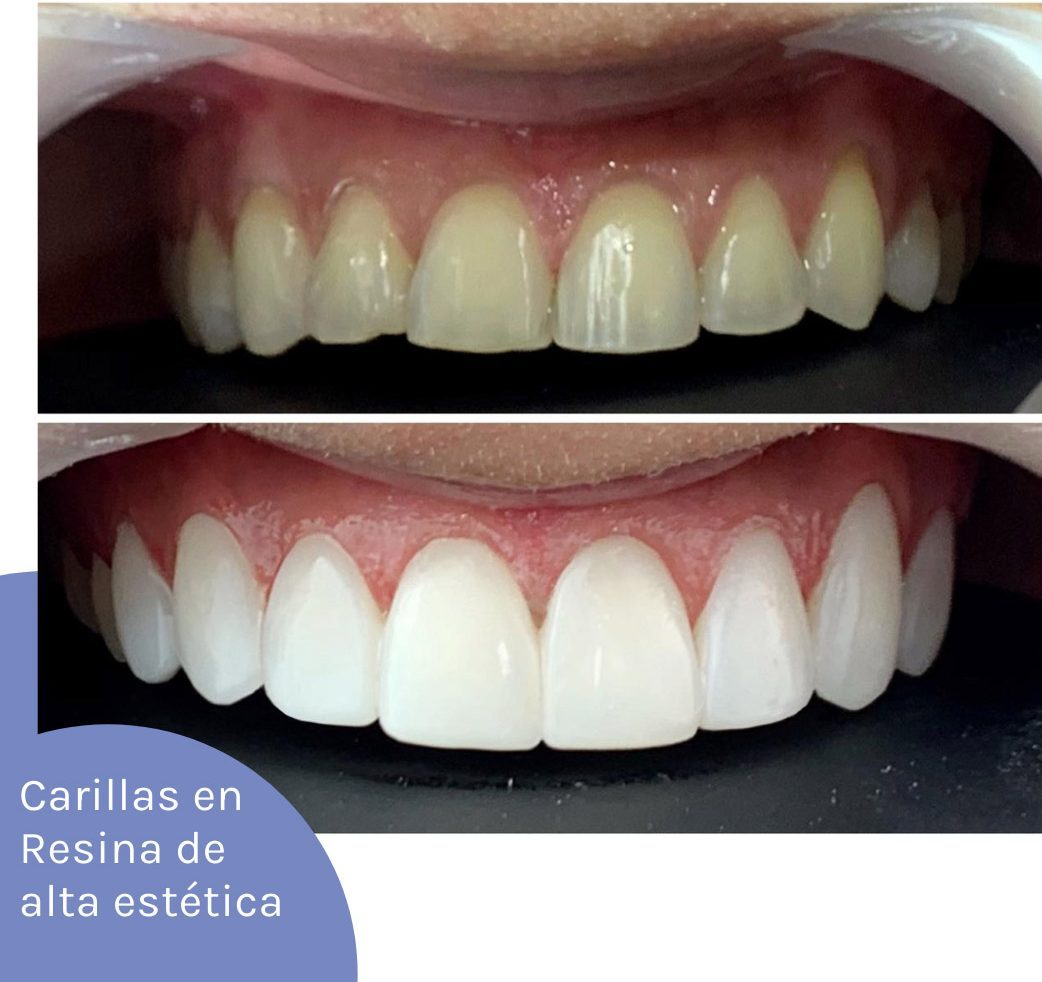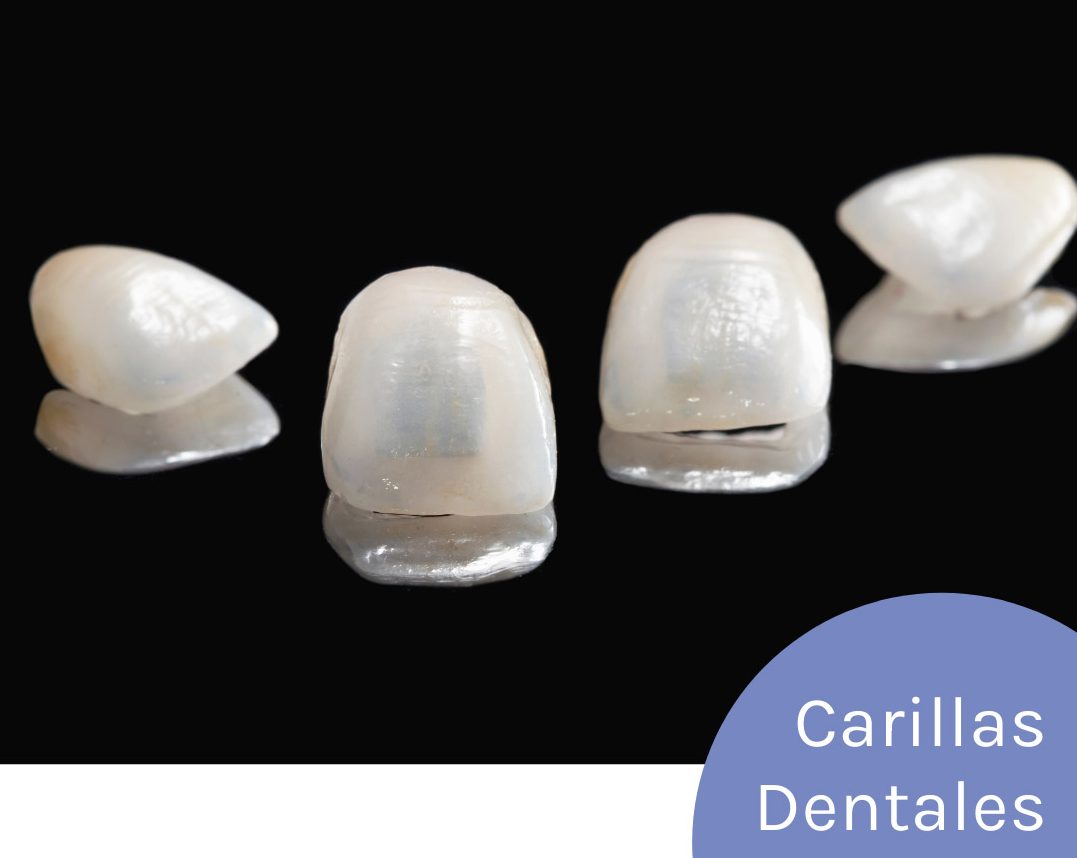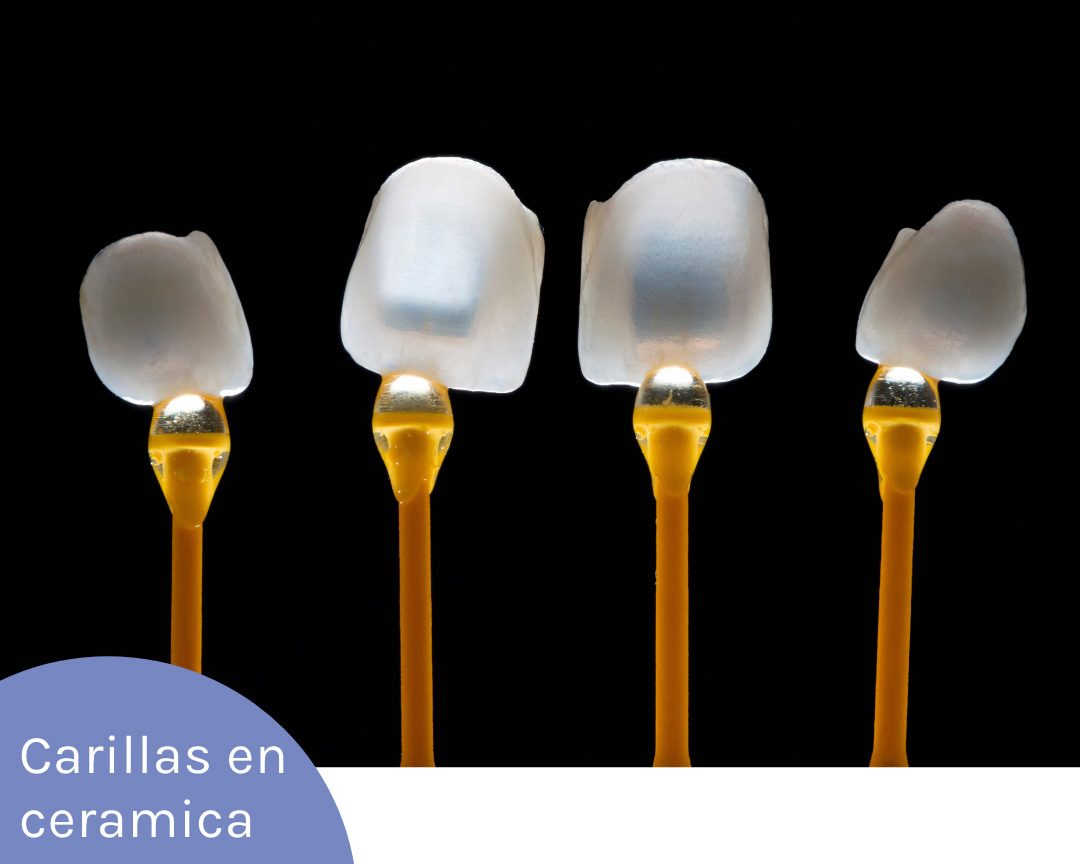In this post, we will delve into the world of dental veneers and explore the ways in which they can transform your smile. Not only will we provide you with a comprehensive understanding of this popular cosmetic dental treatment, but we will also address some common concerns that our patients typically have before undergoing the procedure. To ensure the success of your treatment, it is crucial to carefully consider both the selection of the right dental professional as well as the optimal number and type of veneers that will best suit your unique needs.
What are dental veneers?

A dental veneer is a wafer-thin covering that completely envelops the front and visible portion of a tooth. This versatile cosmetic dental solution can be crafted from either a ceramic or resin material, both of which offer excellent aesthetic appeal. The primary purpose of dental veneers is to improve the appearance of our teeth by concealing any imperfections caused by either aesthetic issues or pathological conditions that may have compromised the formation of dental enamel.
- Smile Design Procedure, Everything You Need to Know
- Show off Your New Smile with Confidence: Essential Tips for Caring for Your Freshly Made Smile Design
- Get the Perfect Smile on a Budget: 5 Cost-Effective Ways to Design Your Smile
Types of dental veneers:
There is a wide range of materials that can be used to create dental veneers, each with its own unique set of pros and cons. In this article, we will take a closer look at the benefits associated with each material, so that you can make an informed decision when choosing the most suitable option for your individual needs.
-
Resin veneers.

Resin has emerged as a highly versatile material that has made significant strides in both strength and aesthetics to meet the evolving demands of the market. Unlike traditional veneers, resin dental veneers can be applied directly onto the tooth without the need for any prior dental carving, making the process less invasive and time-consuming.
It is important to clarify that many people believe that dental carving is necessary to achieve optimal adhesion when applying resin veneers. However, this belief is actually quite far from the truth. In fact, resins adhere best to enamel rather than dentin, which is the layer that lies beneath the enamel and doesn’t offer the same level of adhesion. Therefore, in cases where there is insufficient enamel due to damage, weakness, or prior dental work, the use of resin veneers may be compromised and may be more prone to fracture or detachment than those that are securely bonded to the enamel.
La resina es un material muy versátil que últimamente ha avanzado muchísimo en resistencia y estética dadas las exigencias crecientes del mercado.
Advantages of resin dental veneers:
- In most cases, resin veneers do not require any carving, except in situations where there are particularly large teeth or specific indications of carving related to the bite. One major advantage of resin veneers is that they tend to be less expensive than ceramic veneers because they are crafted directly by the dentist and do not require additional costs for laboratory work or impressions. This can result in significant cost savings for patients seeking to improve the appearance of their teeth.
- With sufficient experience and expertise, dentists can achieve truly amazing results with resin veneers, which can have an initial shine that rivals that of ceramic veneers. This underscores the importance of selecting a skilled and qualified dental professional to perform the procedure, as their knowledge and proficiency can have a significant impact on the final outcome.
- A key advantage of resin veneers is that they can be easily removed in the future, should you decide to return to your natural teeth or alter your smile design. This process typically involves the use of ultraviolet light, which allows for safe removal of the veneers without damaging the underlying dental enamel or requiring extensive carving. This reversibility gives patients added flexibility and peace of mind, knowing that they can adjust their dental aesthetics if their preferences or circumstances change over time.
- One of the benefits of resin veneers is that they allow for flexibility in case the patient changes their mind about the desired outcome. Because the veneers are sculpted directly onto the tooth, adjustments can be made after the initial treatment, such as changing the size, color, or shape of the veneers. This can be accomplished through small carvings or the addition of additional layers of resin, which can be polished to achieve a uniform and attractive shine. This gives patients greater control over their dental aesthetics and can help to ensure that they are fully satisfied with the final results.
- Due to the fact that resin veneers are created directly on the tooth, repairs are relatively simple and efficient. Unlike ceramic veneers that need to be sent to a laboratory for repair, resin veneers can be fixed during a single dental appointment that typically takes between 20 minutes to one hour. This ease of repair not only saves time, but it can also be more cost-effective than repairing ceramic veneers.
- In addition to the versatility of resin, this material allows for a wide range of changes to be made to the teeth. This means that patients can opt for anything from small, subtle touch-ups to more extensive changes that cover larger areas of the tooth’s surface. For example, if a patient wants veneers for some teeth, but only wants to fix a small chip or add a bit of resin to the edge of other teeth, this can be easily achieved with resin veneers.On the other hand, making ceramic veneer fragments is a more delicate process that requires high precision to achieve an accurate color match between the natural tooth and the ceramic material. Even a small error can cause the fragment to sit incorrectly and not blend seamlessly with the rest of the tooth. Therefore, resin veneers provide a more versatile and forgiving option for patients who want to make changes to their teeth.
Disadvantages of resin veneers:
- Maintenance is crucial for resin veneers as they do not retain their initial shine for long due to their production method. Regular polishing and shining of the veneers are required to keep them looking as good as new. Typically, this maintenance needs to be done every 6 months.
- Patients who frequently travel internationally should take note that resin veneers may not be the best option for them. The cost of maintenance and polishing of resin veneers can be high in some countries, and without regular maintenance, the veneers may deteriorate over time and become maladapted, attracting plaque more easily. As a result, ceramic veneers are recommended in these cases as they are more durable and require less frequent maintenance.
- Patients who smoke heavily or consume dark foods frequently are not advised to opt for resin veneers as they tend to develop dark stains over time, which can be difficult to remove. Ceramic veneers are a better choice for such patients.
- It lasts from 3 to 4 years.
Ceramic dental veneers.
Advantages of ceramic dental veneers:
- The longevity of resin veneers is one of its main advantages, as this aesthetic procedure can last up to 15 years thanks to the laboratory process used. However, it is important to note that proper maintenance and care is necessary to ensure the success of any dental treatment over a long period of time.
- Suitable for patients who travel: This procedure is popular among international patients who seek dental treatment in Colombia due to its affordability, high-quality imported materials, and skilled workforce. In addition, it is convenient for patients who cannot regularly visit a dentist for maintenance since resin veneers do not require polishing or shining every six months.
- Veneers are a suitable option for patients who smoke or consume dark foods since they are highly resistant to staining, while resin veneers tend to get stained easily by these elements.
Disadvantages of ceramic veneers:
- The cost of this procedure is notably higher than resin veneers, as it involves laboratory work, professional work, and additional attachments for impression and cementation.
- At times, the insertion of ceramic veneers requires a smooth sliding path to prevent tooth fracture during cementation. This means that the tooth may need to be slightly carved or ground to facilitate the process.
- Making changes to ceramic veneers after cementing can be quite challenging as the material is highly durable and resistant to carving. Any attempt to alter the veneers can potentially damage their shine or even cause them to fracture. To avoid such mishaps, dentists usually conduct several tests before the cementation process, such as mock-ups, to help the patient visualize the size and color of the veneers. This allows the patient to make informed decisions and approve the design before the final cementation is done. Mock-ups are often created using temporary acrylic material, which is a useful technique that allows dentists to evaluate the appearance and fit of the veneers before they are cemented permanently.
- Carrying out repairs for ceramic veneers can be a more challenging task compared to resin veneers. Ideally, any necessary repairs should be done in a laboratory setting rather than in-office as the bond between resin and ceramic is not as strong, leading to less durable results.
What types of cases do they help?
- Small teeth.
- Stained teeth
- Unevenly shaped teeth.
- Little availability for a long treatment.
- Patients who are unable to undergo orthodontic treatment may opt for aesthetic veneers as an alternative. This is often the case for patients who have teeth with short roots, as orthodontic treatment may cause tooth mobility or even loss. In such situations, veneers can be used to improve the size, shape, and color of the affected teeth, offering a solution that is both aesthetically pleasing and safe for the patient.
- People with enamel amelogenesis are recommended to undergo this type of treatment as it can improve both the appearance and sensitivity of their teeth by providing greater hardness. It is suggested to use ceramic veneers or resin veneers with indirect technique for these patients.
Dental veneers care:

Patients often ask how frequently they need to maintain their dental veneers. The maintenance interval depends largely on the material used, as each has its advantages and disadvantages.
Resin veneers require maintenance every six months, including polishing and polishing to ensure they remain in optimal condition. However, resin veneers are more susceptible to staining and wear over time.
Ceramic veneers, on the other hand, have a more stable shine because they are fabricated in a laboratory, and a protective enamel layer is applied at the end of the process. While ceramic veneers themselves do not require maintenance, the teeth surrounding them still require regular cleaning to prevent the buildup of calculus and dental plaque, which can be detrimental to the veneers. Therefore, a thorough dental cleaning every six months is recommended to maintain the health of the teeth and the longevity of the veneers.


